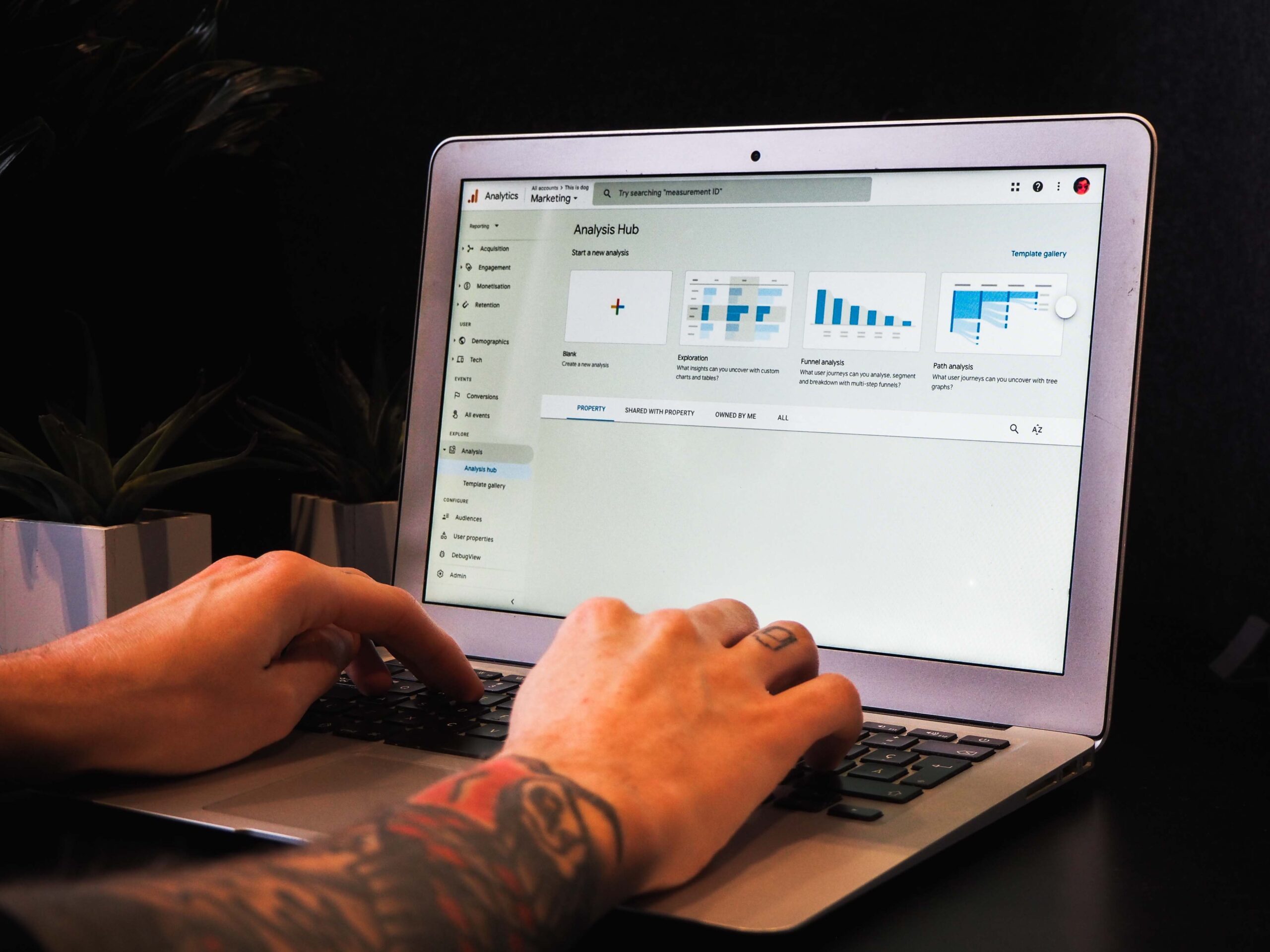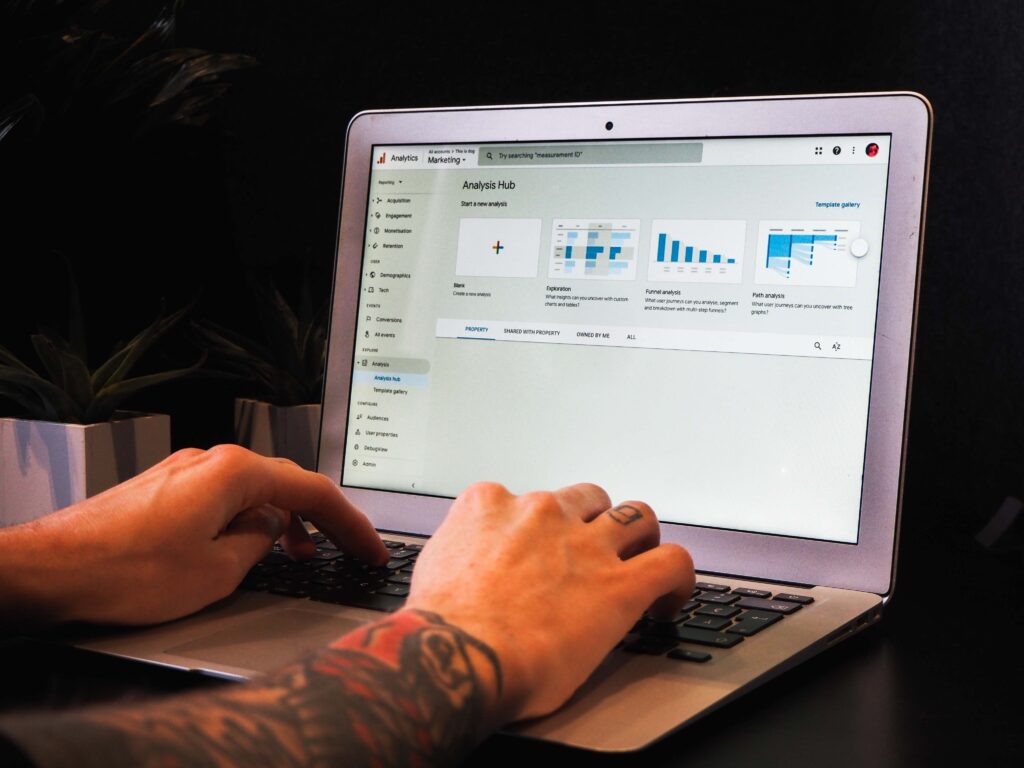Steer clear of Google’s automatic migration to GA4

For many marketers, Google Analytics is not only a place for analysis, but a place for data collection, reporting, and measuring actions and conversions. Google’s legacy analytics tool, Universal Analytics (UA), has helped marketers uncover meaningful insights about their website. Google is now in the midst of releasing an updated tool for marketers to leverage: Google Analytics 4 (GA4). GA4 will replace UA come July 1, 2023, which means marketers will have to migrate their information from UA to GA4. To assist in this migration, Google is offering an automatic migration between the platforms. While this may appear to be the timesaver that marketers dream of, we believe that this solution will actually create more of a headache for many advanced users.
Google’s automatic migration
To ensure a seamless transition between UA and GA4, marketers are able to opt in to Google’s automated migration. In the simplest terms, this tool will copy as many features and settings as possible between platforms to a brand’s new GA4 account. Google has even built in features to help migrate some of the more advanced features in Google Analytics, such as audiences, goals, and even event tracking set up through Google Tag Manager. Sounds like a perfect solution, right? Well, it could be, but there is a reason Google is rolling out this feature just months before UA is slated for sunset.
The deficiencies of Google’s automatic migration
Marketed as a solution for seamless transition, an automatic migration is anything but. Why? If users measure a distinct interaction on their website or app, or collect any advanced data in Google Analytics, their UA account contains many complex pieces of data. If users allow Google to automatically port over their data, Google will all but copy and paste that information into GA4. And while this may sound helpful, UA and GA4 are different products. GA4’s event-based model allows for much more flexibility in data analysis and visualization, which UA’s hierarchical and more structured data model does not fit.
We recommend taking the time to set up GA4, or leveraging a data expert, to ensure this transition is done with precision. In short: Google’s automatic migration tool is merely a last resort option to enable users who have not yet transitioned to continue their data collection once UA has stopped processing.
How to ensure you are opted out
Our experts have outlined how to ensure Google will not automatically migrate your information from UA to GA4 during the transition process. If you do not yet have a GA4 property set up, create one now! It takes a few minutes at most. Once the GA4 property is created, users must manually opt out of the automated migration. Simply deselect the option, and it will ensure no information is automatically transitioned over.
What marketers need to know
Ahead of July 1, 2023, marketers must make a plan to ensure there is a seamless transition of data between the two platforms. Carefully weigh your options for migrating to GA4 against your situation and make the best decision for your site. Google will begin automatically creating new GA4 properties starting in March 2023, but don’t fret; if you forget to opt out in time, you can always delete the property they added for you and start from scratch on your own.
For those of you who are currently in the process of implementing GA4, make sure to check out some of Google’s feature-specific migration tools that help provide structure while still allowing you to control what gets transferred over. If you are not sure of the best way to tackle this task, contact us! Our experts would love to chat.



